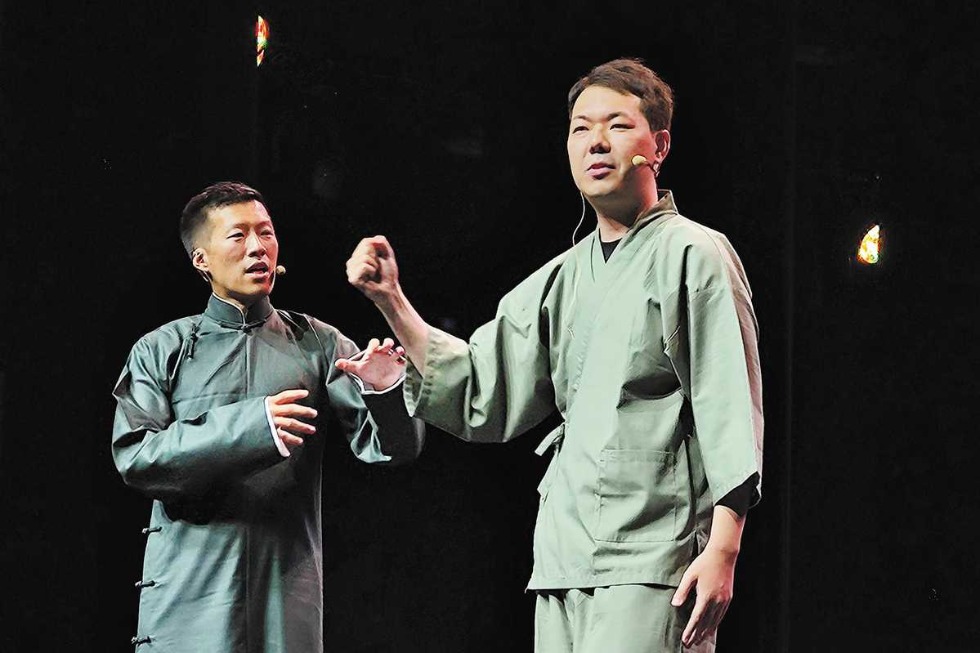Bionic eye helps us see value of collaborations that are vital for tech innovation, sharing ideas


The novel coronavirus pandemic has made it difficult to hold the live events and conferences that were once seen as vital for idea-sharing but our modern technology means we can share innovations remotely, something that was much harder to do as recently as 15 years ago.
One such innovation was announced, virtually, earlier this month from Hong Kong.
On a live-streamed presentation, a bionic eye was held by Professor Fan Zhiyong that was developed by his team of researchers at Hong Kong University of Science and Technology.
Bionic eyes are a technology that is in its infancy. Rudimentary models exist that are able to, in some blind patients, restore minimal vision through a sophisticated network of brain implants.
The aim of replicating the structure of the human eye, however, and matching its level of performance is still a long way off.
Fan was excited about the possibility of the bionic eye and, interestingly, also in the concept of increasing sight performance past a human level, to the point where night-vision may be possible.
Night-vision is nothing new in the animal kingdom. As primates, our ability to see at night is feeble, compared to some of our distant cousins. The tarsier, a Southeast Asian primate, has, for example, fixed eyeballs that are each the size of its brain, along with eyes that are engineered in such a way that it does not waste a single photon of light that enters its pupils. Owls are also renowned for their ability to see in the dark. But even more distantly to us, many types of deep-water fish and marine creatures also possess this ability, each in their own unique manner.
It is from this realm that Fan and another professor, named Gu Leilei, derive inspiration from the animal kingdom.
The electrochemical model making up the first 3D artificial retina, dubbed the EC-Eye, is based on the elegant design of the octopus. Their research, published in the journal Nature last month, is considered to be a huge step forward in creating a bionic eye that will supersede human abilities.
"In the future, we will be able to see even infrared. And if we can see infrared, we can have night-vision." Fan said to South China Morning Post.
The vision of Fan, who is a self-confessed lover of science fiction, and others like him are vital for China's continued progress in innovating our current medical paradigm.
The ambition in some areas remain in the realm of science fiction, but governments around the world would do well to pay attention to such endeavours.
So far, the EC-Eye can only generate very pixelated images capable of showing basic block alphabet letters. However, one only has to look back to how far other technologies progressed in a short space of time to gain inspiration.
A few decades ago, for example, storing 5 megabytes of data-enough to store a photo taken on your smartphone-would have taken a physical storage space weighing 1 metric ton.
World-changing ideas can improve at an exponential rate.
International cooperation to advance such interesting and promising research is vital, to ensure that ground-breaking technology grows past mere possibilities to become a reality that could change the lives of billions of people.
Regardless of whether the breakthrough eureka moment occurs in the West or the East, it is vital that these special moments of magic get the attention and nurturing they deserve.
Barry He London-based columnist for China Daily.

































